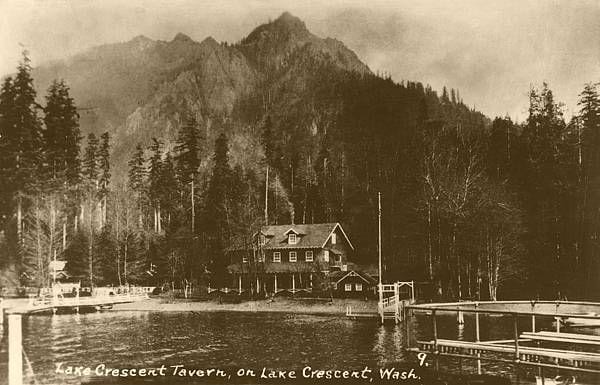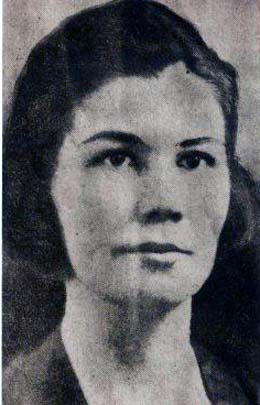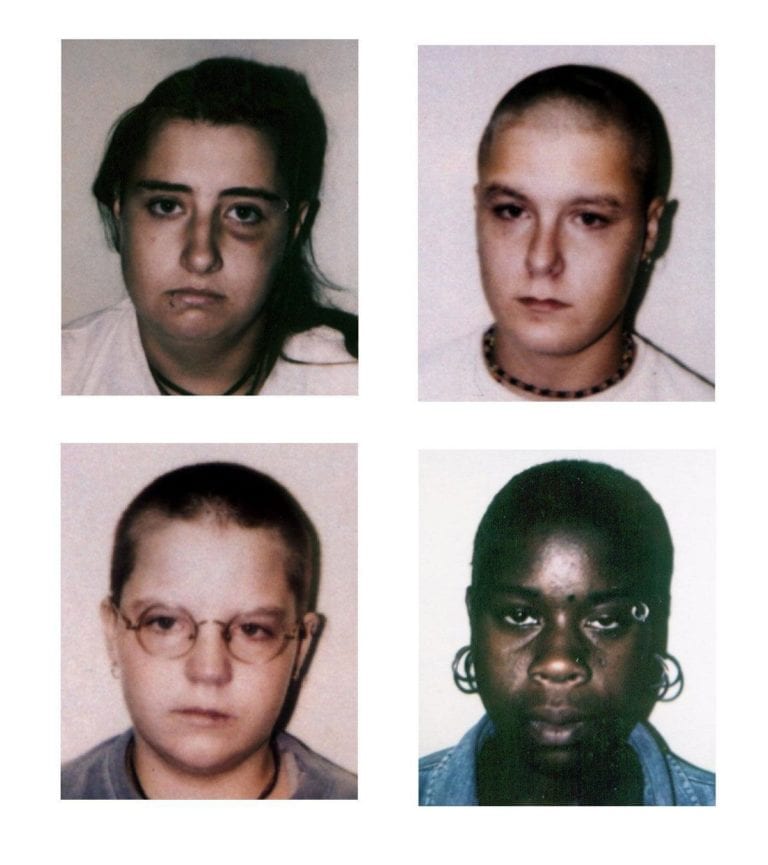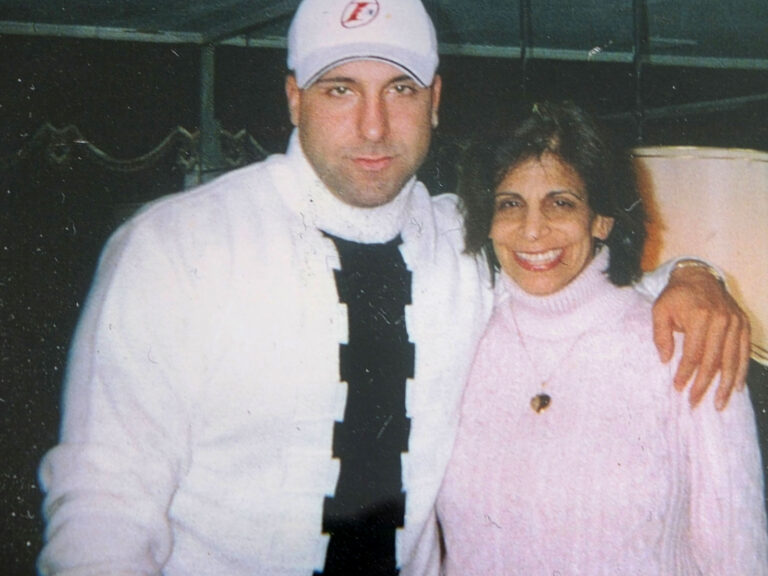Crescent Lake in Olympic National Park, Washington, boasts of crystal clear waters that reflect the fir-clad slopes of the snowy peaks, towering into the sky. The lake is around 600 feet deep On the 6th of July, 1940, the waters of Crescent Lake were still and quiet when Louis Rolfe and his brother were fishing. In the afternoon, they spotted an object floating close to the shoreline not far from the walls that lead towards Sledgehammer Point. As they approached the object, they were horrified to find that it was a body of a woman; she was wearing a green dress and was wrapped in two grey striped blankets.

They rushed to the dock of the Washington State Trout Hatchery to relay what they had found to Superintendent A.D. Immenroth who was initially sceptical: “Must be a deer, Louis,” he said.1 Nevertheless, he followed Rolfe and his brother back to the scene where he was horrified to learn that his scepticism was unfounded. Immenroth contacted Clallam County prosecutor-coroner, Ralph Smythe, and Sheriff Charlie Kemp who rushed to the scene to assist in retrieving the body of a woman from the lake.
The body – which was white as marble – was rushed to the now-defunct Christman Mortuary. She was estimated to be in her 30s and was so well-preserved that her fat had turned into a soap-like substance. She had saponified, which means the cold stopped the decomposition and the salts in the water had sporadically penetrated the fatty tissues. “There was no real smell or decay,” recalled a medical student at the time. The autopsy concluded that the woman had been beaten and strangled to death. Following her death, she was hogtied with ropes, weighed down with rocks and thrown into the ice-cold lake. Thankfully, however, the rope rotted away and the saponification made the body unusually light, thus it floated up to the surface, ready to be found. The pathologist estimated that she had been submerged in the lake for almost three years.
The body was the first ever to be found floating in Lake Crecent, so the victim soon became sensationally known as “The Lady of the Lake.”And now, police now had the daunting task of identifying her. As they conducted their investigation, the unidentified woman was buried in a potter’s field near Port Angeles. The initial theory was that the woman was Marion Frances Steffens of Chicago, who had disappeared in the Olympic National Park wilderness in September of 1939. The clothing on the victim matched the description of that worn by Steffens when she vanished. This identification was quickly ruled out, however, as Steffens had suffered a fractured neck vertebra yet the Lady of the Lake had no evidence of such injury.
It would take 14 months before her identity became known. It was her dentistry that revealed her identity. In her mouth was a six-tooth bridge made of beaten gold. Pictures of the unique bridge were circulated around more than 5,000 dentists. A dentist in Faulkton, S.D. recognised it immediately and identified the unknown woman: 38-year-old waitress at Lake Crescent Tavern, Hallie Illingworth. Her body was exhumed and identification was made. Hallie was last seen on the 22nd of December, 1937. She had gone back home to her apartment to await the return of her husband, Monty Illingworth, who had been at a party in Port Townsend. Monty was a nasty drunk and investigators soon announced that he was the lead suspect in Hallie’s murder. He was eventually tracked down living with another woman in Long Beach, California, and arrested.

Monty told investigators that he had obtained an interlocutory divorce decree and that he had last seen Hallie was around Christmas time of 1937.2 According to records, Monty and Hallie had been married in Seattle in June, 1936, and that she was a divorcee whose maiden name was Latham. Those who knew the couple said they often quarrelled over alcohol and affairs. During one altercation, police were called to break it up and Hallie often showed up to work with a myriad of bruises.
During his murder trial, Monty contradicted his earlier statements and claimed he had last seen Hallie on the 22nd of December, 1937. He insisted Hallie had gone to work as usual that morning but later on when she came home, she said they got into another endless argument. According to Monty, he left the apartment and went downtown. When he came home, he claimed that Hallie was gone and that he never saw her again. He told the court that he was certain she had just left him. The topic of abuse came up often in the trial and Monty confessed that it was the norm for the couple to get in to physical altercations. “I struck Hallie – she also struck me. I never beat her up… I did not kill Hallie,” he said. At one point in the trial, the prosecutor asked Monty why he hated Hallie. Monty denied he hated her to which the prosecution replied: “Then why did you beat her so?” The prosecution put forward the theory that Monty had strangled his wife at some point between 3AM and 6AM before placing her body in the trunk of his sedan and driving to Crescent Lake to dispose of her.
Ultimately, Monty was tied to the murder by the rope used to bind Hallie. Earl F. Enos, manager of the Port Angeles Distributing Co., which had employed Monty, took to the stand to identify the rope as one he had lent to Monty who never returned it. Monty was convicted of second-degree murder and sentenced to life imprisonment in the Washington State Penitentiary. After serving just nine years behind bars, Monty Illingham was paroled and returned to California to live until his death in 1975.







Comments:
Why did he get paroled so damn early?? He was sentenced to LIFE! You would think he would have had to serve at least 20- 25 yrs. Not get out in 9! His wife “lived” in the bottom of that lake for 3 yrs. He tied her up and tossed her in…like throwing out a old pair of shoes…He didn’t care about her at all. I hope the S.O.B. is being tortured and burning in hell!!
He deserved to serve much more time. What an eerie story with a sad outcome.
I will never understand why murderers get parol. Their victim never gets out of the grave. The victim never gets a second chance. It’s not right.
[…] https://morbidology.com/the-lady-of-the-lake-hallie-illingworth/ […]